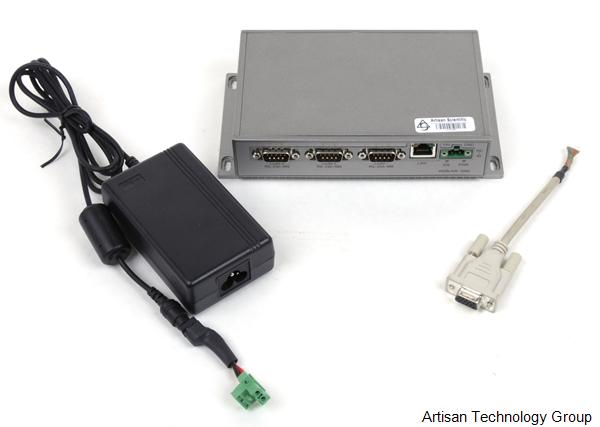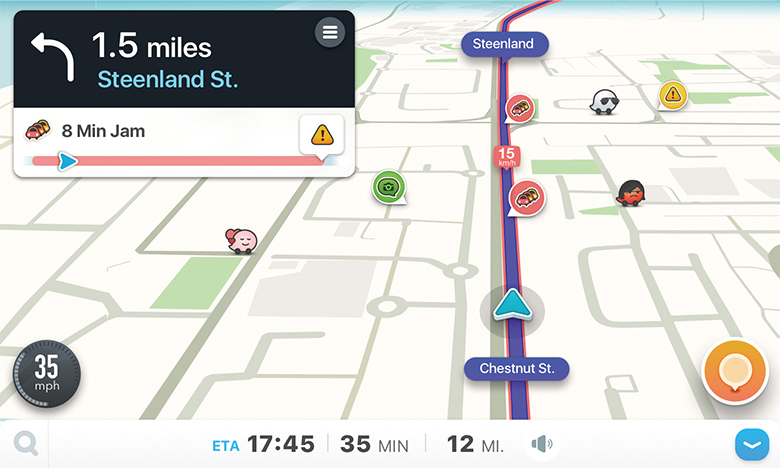If you trying to install a USB device class driver included in Windows, you do not need to download the driver. They are installed automatically. If they are not installed automatically, contact the device manufacturer. For the list of USB device class driver included in Windows, see USB device class drivers included in Windows. Microsoft provides drivers for several USB device classes approved by USB-IF. These drivers and their installation files are included in Windows. They are available in the WindowsSystem32DriverStoreFileRepository folder. See, USB device class drivers included in. Download Xiaomi USB Driver For Windows PC: Below is the list of various Xiaomi devices. Just find your device, and there is a download link of the driver next to every model. You can use CTRL + F to search for your device. Xiaomi Redmi Note Series USB Drivers. 1) Follow steps 1-3 of 'Check the software driver installation' above. 2) Right-click on the 'Prolific USB to Serial Port', then click Properties. 3) Click on the 'Port Settings' tab. Click the 'Advanced' button. 4) In the 'COM Port Number' drop-down select the desired port number. For example if the software requires COM2, select COM2. You can develop a custom host controller driver that communicates with the USB host controller extension (UCX) driver. For more information, see Developing Windows drivers for USB host controllers. For handling common function logic for USB devices. For more information, see USB device-side drivers in Windows. For supporting Type-C connectors.
Although Windows 98 has been out of general circulation for well over a decade now, it might come as a surprise to some people that it's still actively in use, especially in a business or specialized environment for running old software. There is actually a third party Service Pack for Windows 98 Second Edition which is still being updated well into 2013, even though Microsoft ended their support for Windows 98 on the 11th of July 2006! Obviously, hardware support from all major manufacturers has ended years ago so if you or your company still run Windows 98 in some capacity, it's incredibly difficult to find compatible hardware and software for it.
As an example, a company I did some work for a while back purchased a Kingston Data Traveler USB flash drive for backup purposes on a computer that's still running Windows 98. The problem is, due to some obsolete software that needs to run on Windows 98, the computer cannot be upgraded to newer versions of Windows such as 8, 7, Vista or even Windows XP. I've tried compatibility mode on Windows XP and it doesn't work either, so it's either upgrade the software or continue using Windows 98. Updating the old software is very expensive, so the decision was to stay with Windows 98 and try to source parts that can support this ageing operating system.
The immediate problem was getting the flash drive to work. Windows 98SE is actually not too bad at handling mass storage drivers for a USB storage device IF you have a driver disc that accompanied it or a download is available. 98SE doesn't come with a generic mass storage driver that would install support for all standard USB storage devices like newer Windows versions, so not every device you insert will simply get recognised. Predictably, Kingston offers no support for their devices in Windows 98 so no driver can be installed to pick up the flash drive.
Weblink Usb Port Devices Driver
After much searching and testing, I finally managed to install the Kingston DataTraveler on Windows 98. This following method which I'm about to show you can work for most USB mass storage devices if your Windows 98 has detection problems. What I found was a generic Windows 98SE USB mass storage device driver that will work with many makes and models of the following:
– USB Flash Drives
– Digital Photo and Video Cameras (that connect to the PC via USB)
– USB Hard Drives
– MP3 Players (including Apple iPod from v2.4)
– Sony PlayStation Portable (PSP)
This driver isn't guaranteed to work with all devices because it's a generic driver, and you shouldn't install it if you have no issues in the first place. It does though work well for the purpose it was intended for, it did for me and has for many other people.
Installing the generic USB Mass Storage driver

1. Download Windows 98SE Generic USB Mass Storage Device Driver to the desktop.
2. Open Device Manager (right click My Computer -> Properties -> Device Manager) and remove ALL drivers for USB flash drives. This includes any drivers of removable devices previously installed from the 'Disk drives' tree.
3. Remove all drivers for any USB controllers (under Universal Serial Bus controllers). Devices in Device Manager can be uninstalled by right clicking on an entry and selecting 'Remove'. Also remove any Unknown/Other devices, those which have no installed driver.
4. Run the nusb36e.exe driver installer. After that has completed, reboot the computer.

– USB Flash Drives
– Digital Photo and Video Cameras (that connect to the PC via USB)
– USB Hard Drives
– MP3 Players (including Apple iPod from v2.4)
– Sony PlayStation Portable (PSP)
This driver isn't guaranteed to work with all devices because it's a generic driver, and you shouldn't install it if you have no issues in the first place. It does though work well for the purpose it was intended for, it did for me and has for many other people.
Installing the generic USB Mass Storage driver
1. Download Windows 98SE Generic USB Mass Storage Device Driver to the desktop.
2. Open Device Manager (right click My Computer -> Properties -> Device Manager) and remove ALL drivers for USB flash drives. This includes any drivers of removable devices previously installed from the 'Disk drives' tree.
3. Remove all drivers for any USB controllers (under Universal Serial Bus controllers). Devices in Device Manager can be uninstalled by right clicking on an entry and selecting 'Remove'. Also remove any Unknown/Other devices, those which have no installed driver.
4. Run the nusb36e.exe driver installer. After that has completed, reboot the computer.
5. During reboot, the computer will detect new devices and USB controllers and will ask for the Windows 98 install CD so make sure you have it to hand. The driver install window actually tells you to reboot after these controllers are installed but I didn't have to. If you have any issues, then follow the advice and reboot a second time.
6. Then insert your USB storage device and it should get picked up by Windows. Don't forget Windows 98 cannot read NTFS so the storage device needs to be formatted with FAT/FAT32 to be recognised with a drive letter. Open My Computer and your flash drive or device should be visible.
The 16GB flash drive above wasn't a Kingston but still required the general USB mass storage driver to be installed for it to be detected. Do note that this driver is for English versions of Windows 98SE only and won't work on the original Windows 98. You can visit the related MSFN forum thread for more support or updates to the driver in future.
-->This topics in this section describe the class drivers, generic client driver, and the parent composite driver that are provided by Microsoft.
Microsoft-provided USB drivers for controllers and hubs
Microsoft provides these set of drivers:
- For USB host controllers and hubs. For more information, see USB host-side drivers in Windows. You can develop a custom host controller driver that communicates with the USB host controller extension (UCX) driver. For more information, see Developing Windows drivers for USB host controllers.
- For handling common function logic for USB devices. For more information, see USB device-side drivers in Windows.
- For supporting Type-C connectors. For more information, see USB connector manager class extension (UcmCx).
Other Microsoft-provided USB drivers
| Device setup class | Microsoft-provided driver and INF | Windows support | Description |
|---|---|---|---|
| USB | Usbccgp.sys Usb.inf | Windows 8.1 Windows 8 Windows 7 Windows Vista Windows XP | Usbccgp.sys is a parent driver for composite devices that supports multiple functions. For more information, see USB Generic Parent Driver (Usbccgp.sys). |
| Biometric | WudfUsbBID.dll WudfUsbBIDAdvanced.inf | Windows 8.1 Windows 8 | Microsoft supports USB biometric devices (fingerprint readers) by providing the Windows Biometric Framework. See the Windows Biometric Framework. |
| Media Transfer Protocol Devices | Wpdusb.sys (Obsolete) | Windows Server 2008 Windows Vista Windows Server 2003 Windows XP | Note Starting in Windows 7, Microsoft has replaced the kernel mode component of the Windows Vista USB driver stack (Wpdusb.sys) for Windows Portable Devices (WPD) with the generic Winusb.sys. Microsoft provides the Wpdusb.sys driver to manage portable devices that support the Media Transfer Protocol. See WPD Design Guide. |
| USBDevice | Winusb.sys Winusb.inf | Windows 8.1 Windows 8 Windows 7 Windows Vista Windows XP with Service Pack 2 (SP2) | Winusb.sys can be used as the USB device's function driver instead of implementing a driver. See WinUSB. |
Microsoft-provided USB device class drivers
Microsoft provides drivers for several USB device classes approved by USB-IF. These drivers and their installation files are included in Windows. They are available in the WindowsSystem32DriverStoreFileRepository folder.
See, USB device class drivers included in Windows.
Related topics
Weblink Usb Port Devices Driver Updater
Universal Serial Bus (USB)
USB Driver Development Guide

